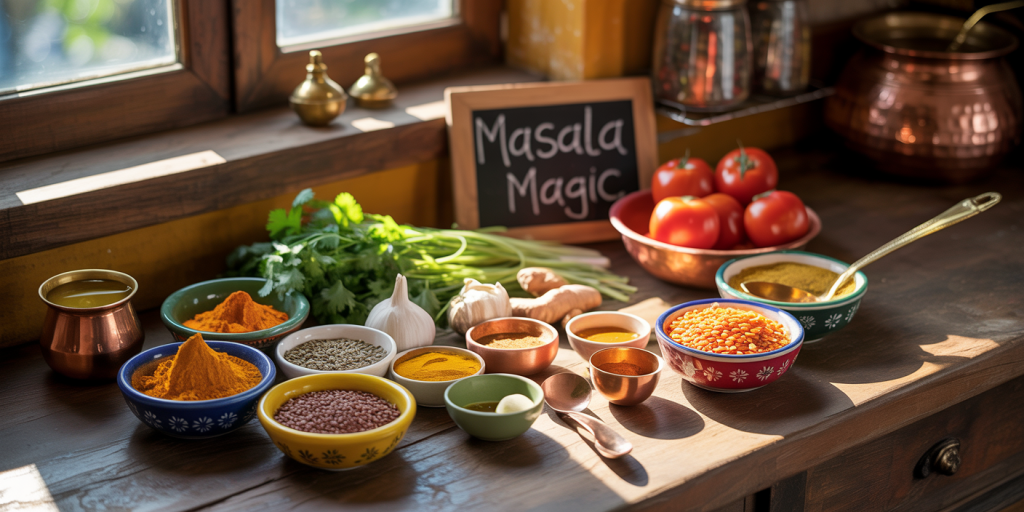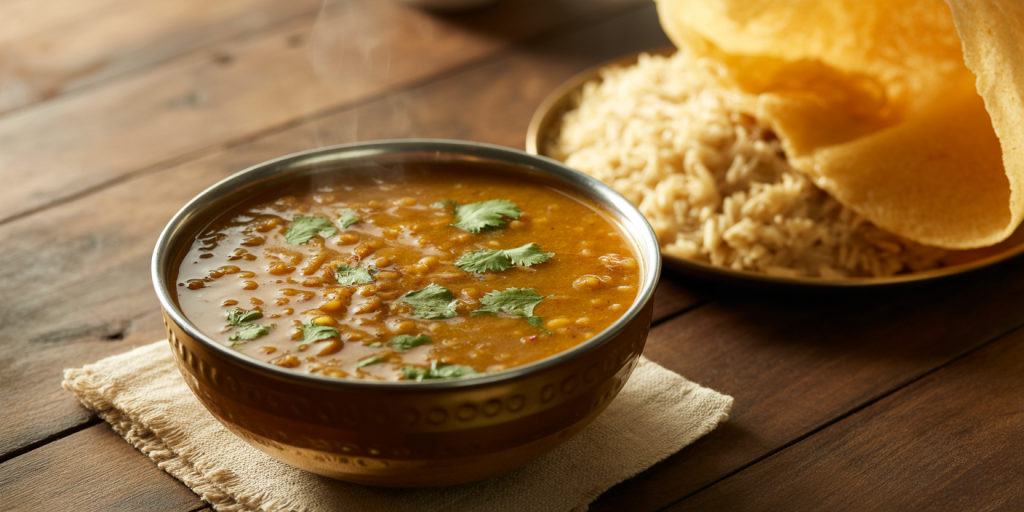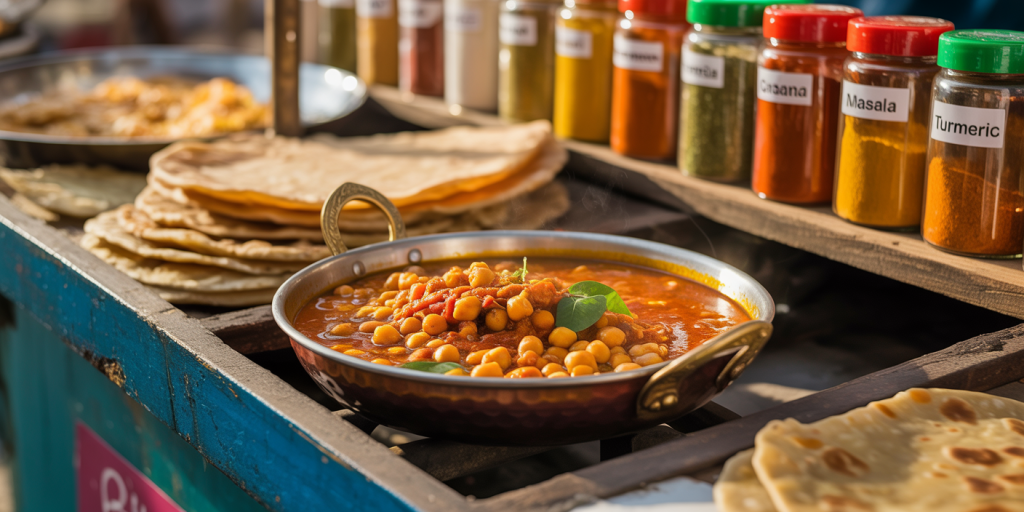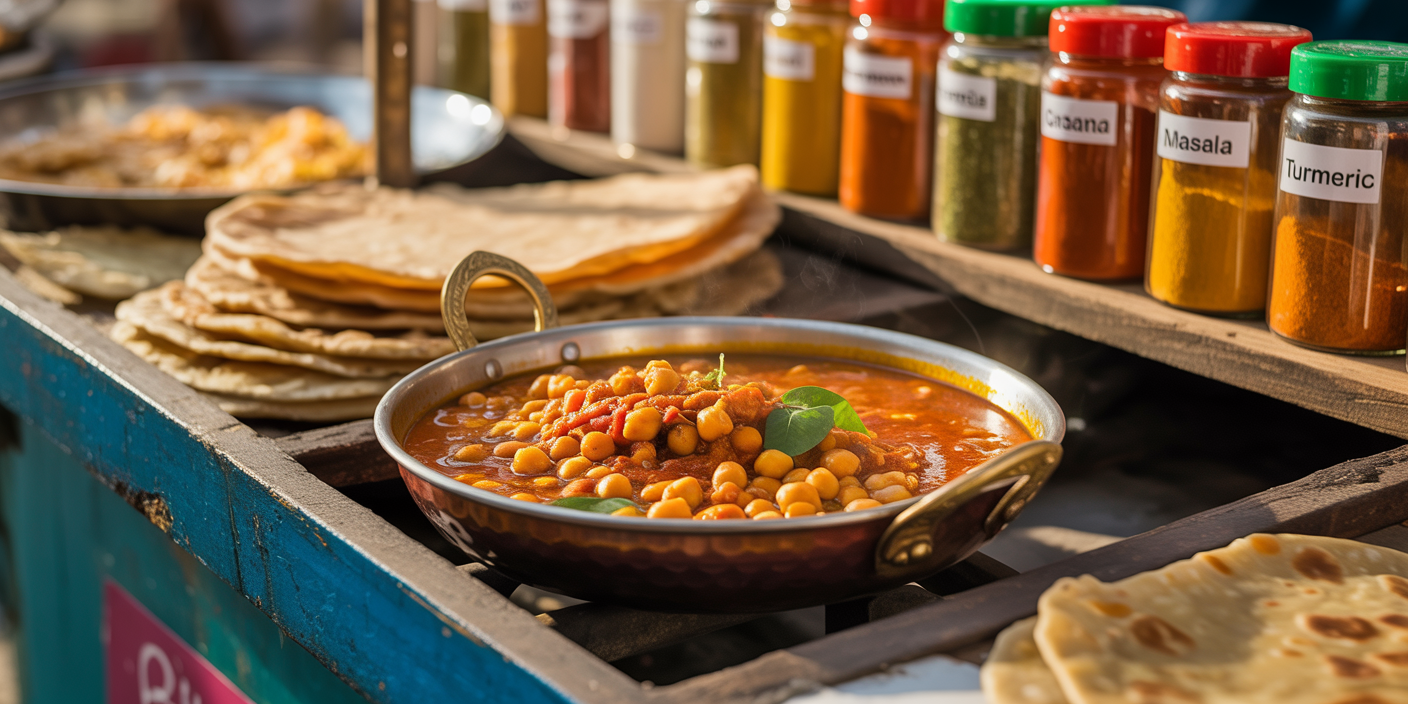Indian cuisine, renowned for its rich flavors, vibrant colors, and diverse regional influences, has captivated food enthusiasts worldwide. While many perceive Indian cooking as complex and time-consuming, a variety of dishes are surprisingly simple and quick to prepare at home. Whether you are a novice cook or an experienced home chef, making Indian food can be both rewarding and accessible. This article explores easy Indian dishes you can create in your kitchen, breaking down ingredients, techniques, and benefits to encourage home cooking.
Embracing Indian Cuisine: Simplicity in Flavorful Cooking
The essence of Indian cooking lies in its use of spices, herbs, and fresh ingredients to create layers of flavor. Many Indian dishes rely on staple pantry items such as turmeric, cumin, coriander, ginger, and garlic—ingredients that are not only flavorful but also carry health benefits. The complexity often attributed to Indian meals comes from the layering of spices and cooking methods rather than complicated steps.
According to a 2023 survey by the National Restaurant Association, Indian cuisine ranks among the top three international cuisines sought after by home cooks in the United States, with the demand fueled by increasing awareness of its healthful properties and taste diversity. This growing interest has made learning easy Indian recipes a practical and enjoyable endeavor.
Essential Ingredients for Easy Indian Cooking
Before diving into recipes, it’s important to identify staples that simplify Indian cooking. Pantry essentials include: Spices: Turmeric, cumin seeds, mustard seeds, garam masala, chili powder, and coriander powder. Herbs: Fresh cilantro (coriander leaves) and curry leaves. Key ingredients: Lentils (dal), rice, yogurt, tomatoes, onions, garlic, and ginger.

Most supermarkets now stock these items, and many can be stored for extended periods, providing convenience for home cooks. For example, red lentils (masoor dal) cook quickly and are high in protein, making them ideal for nutritious meals with minimal preparation time.
One-Pot Wonder: Tadka Dal
Tadka dal, or tempered lentils, is a foundational Indian dish that is both nutritious and simple. It combines cooked lentils with a flavorful tempering of spices in oil or ghee, released into the simmering dal.
To prepare basic tadka dal, rinse 1 cup of red lentils and cook with 3 cups of water until soft (approximately 20 minutes). In a separate pan, heat 2 tablespoons of oil or ghee and add mustard seeds, cumin seeds, chopped garlic, and dried red chilies. Once fragrant, pour this tempering over the cooked lentils, add salt to taste, and garnish with fresh cilantro.
This dish exemplifies how minimal ingredients and straightforward steps can create a wholesome, comforting meal. Moreover, tadka dal pairs well with rice or flatbreads for a balanced nutrition profile.
Benefits of Tadka Dal:
| Aspect | Details |
|---|---|
| Cooking Time | Approximately 30 minutes |
| Nutritional Highlight | High in plant-based protein and fiber |
| Difficulty Level | Beginner-friendly |
| Regional Popularity | Pan-Indian, especially North India |
Quick and Flavorful: Vegetable Pulao
Vegetable pulao is a fragrant rice dish that incorporates mixed vegetables and aromatic spices cooked together. It is an excellent one-pot meal offering both carbohydrates and essential nutrients.
To make vegetable pulao, rinse 1 cup of basmati rice and soak for 15 minutes. In a pan, heat oil and sauté whole spices like cloves, cardamom, and bay leaf. Add diced vegetables—carrots, peas, beans, and potatoes—and cook briefly. Drain the rice and add it to the pan along with 2 cups of water and salt. Cover and simmer until rice is fluffy (about 20 minutes).
This dish is versatile, allowing home cooks to use seasonal vegetables and adjust spice levels. Vegetable pulao also serves well as a standalone meal or paired with yogurt or raita for a cooling effect.
Comparative Overview: Vegetable Pulao vs. Plain Rice
| Feature | Vegetable Pulao | Plain Rice |
|---|---|---|
| Nutritional Value | Higher due to vegetables | Baseline carbohydrate source |
| Preparation Time | ~35 minutes | 15-20 minutes |
| Flavor Profile | Aromatic and spiced | Neutral |
| Serving Options | Main dish or side with raita | Side dish only |
South Indian Delight: Masala Dosa

Masala dosa is a crispy, savory crepe filled with a spiced potato mixture. Although it might seem elaborate, this iconic dish can be made easily at home with pre-made batter or store-bought dosa mix.
Dosa batter is traditionally made from fermented rice and urad dal (black gram), which can be time-intensive. However, ready batter reduces preparation time significantly. To prepare, spread the batter thinly on a heated non-stick pan, cook until crisp, and fill with potato masala made by sautéing boiled potatoes with mustard seeds, curry leaves, turmeric, and mustard seeds.
Masala dosa exemplifies balanced Indian cooking, providing carbohydrates, fiber, and spices that aid digestion. Real-life examples show many families across urban India incorporate dosa into breakfast or light dinners due to its ease and taste.
Street Food Favorite: Chana Masala
Chana masala, or chickpea curry, is a common Indian street food favorite that is delicious and easy to prepare. Canned chickpeas further simplify the process, making this vegan-friendly dish accessible to home cooks.
The process involves sautéing onions, tomatoes, garlic, and ginger, then adding spices like cumin, coriander, turmeric, and garam masala. After mixing in the chickpeas, the curry simmers to enhance flavors. Served with rice or flatbread, chana masala is rich in protein and fiber.

A study published in the Journal of Food Science and Technology (2021) highlights legumes like chickpeas as important sources of plant protein with significant health benefits, including improved digestion and heart health.
Chana Masala Nutritional Snapshot:
| Component | Nutritional Role |
|---|---|
| Chickpeas | Protein, fiber, minerals |
| Tomatoes | Vitamins C and A, antioxidants |
| Spices | Anti-inflammatory properties |
Chana masala thus stands as a health-conscious option for quick weekday meals.
Bread Basics: Making Roti and Paratha at Home
No Indian meal is complete without bread, and roti (unleavened flatbread) and paratha (layered flatbread) are among the easiest to master at home. Both require basic ingredients—whole wheat flour, water, and salt—and a rolling pin.
Roti involves mixing dough, rolling it into thin discs, and cooking on a hot skillet until puffed and golden. Paratha adds layers by brushing dough with oil or ghee, folding, and rolling again, creating a flakier texture.
These breads complement almost all Indian curries and can even be stuffed with simple fillings like potatoes or paneer for added flavor. In India, over 70% of households consider daily preparation of such bread an essential culinary skill, as highlighted by the National Sample Survey Office (NSSO) reports.
Future Perspectives: The Rise of Home-Cooked Indian Meals Globally
With globalization and the growing popularity of diverse cuisines, Indian cooking is becoming a staple not only in homes across India but internationally. The demand for quick, flavorful, and healthy meals fosters the adaptation of Indian recipes for modern kitchens.
Technology plays a pivotal role, with cooking apps and online tutorials breaking down traditional methods for beginners. For instance, a 2023 culinary trend report by Mintel found a 45% increase in searches related to Indian home recipes, underscoring curiosity and willingness to explore the cuisine at home.
As urban lifestyles become busier, easy-to-make dishes like dal, pulao, chana masala, and dosa will continue gaining traction among millennial and Gen Z home cooks seeking nutritious and flavor-packed options. Indian food’s adaptability to vegetarian, vegan, and gluten-free diets also propels its widespread appeal.
Furthermore, integration of locally available ingredients into Indian recipes allows home chefs worldwide to customize dishes while maintaining authenticity. This fusion helps bridge cultural culinary gaps and encourages experimentation.
By incorporating easy Indian dishes into your cooking repertoire, you not only explore a rich culinary heritage but also contribute to healthier eating habits and cultural appreciation. With simple ingredients, straightforward techniques, and flavorful results, Indian cuisine offers an exciting path to elevate daily meals. Whether it’s a comforting bowl of tadka dal or a crispy masala dosa, the world of Indian cooking awaits your discovery at home.

Deixe um comentário